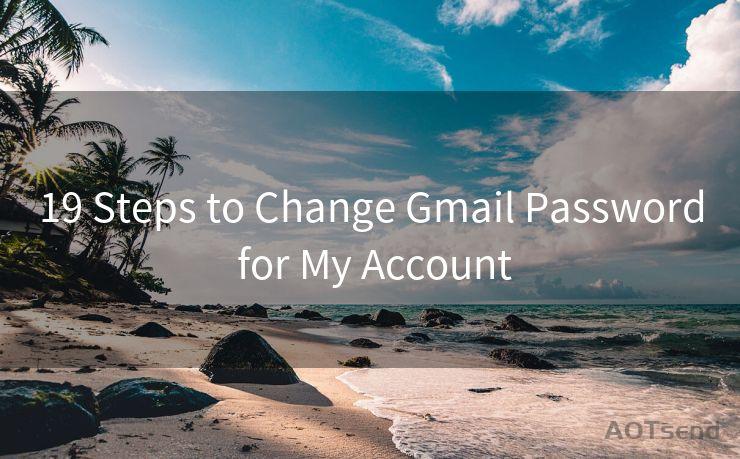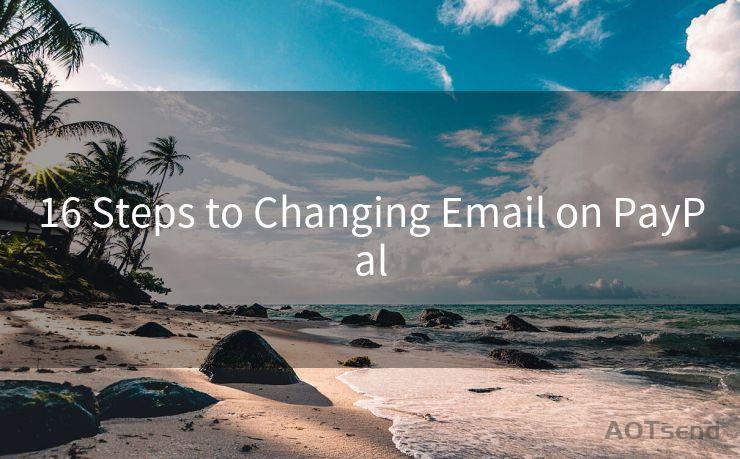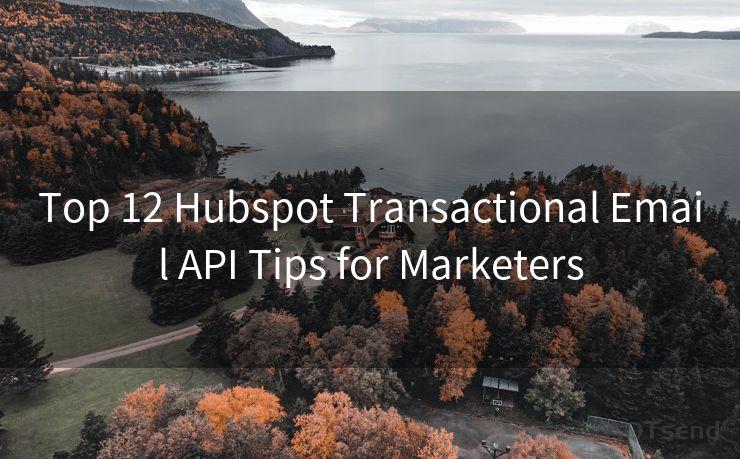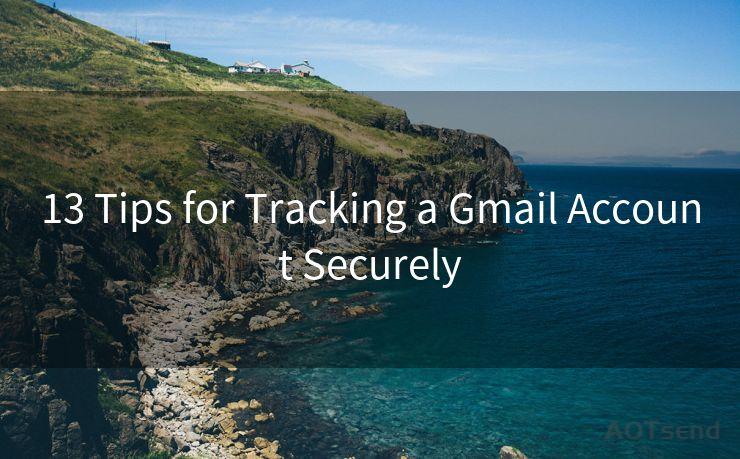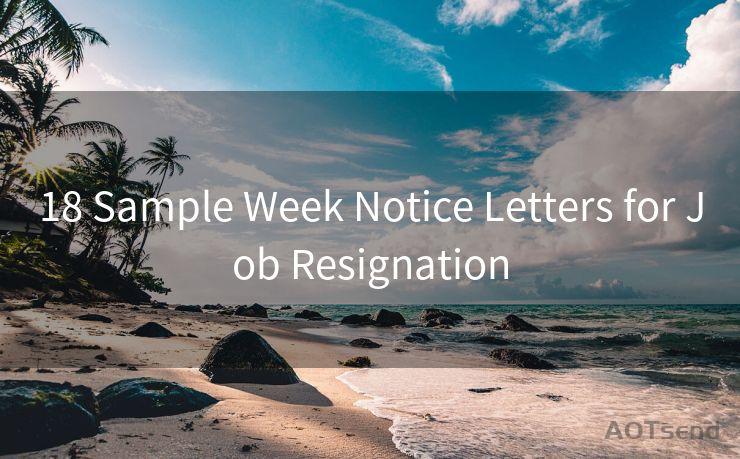17 DKIM Not Authenticated Best Practices




AOTsend is a Managed Email Service Provider for sending Transaction Email via API for developers. 99% Delivery, 98% Inbox rate. $0.28 per 1000 emails. Start for free. Pay as you go. Check Top 10 Advantages of Managed Email API
1. Introduction
When it comes to email authentication, DKIM (DomainKeys Identified Mail) plays a crucial role. However, there may be instances where DKIM authentication fails. In this article, we'll explore 17 best practices to troubleshoot and prevent DKIM authentication issues, ensuring your emails reach their intended recipients securely.
2. Understanding DKIM
DKIM, or DomainKeys Identified Mail, is an email authentication technique that allows senders to attach a digital signature to outgoing emails. This signature verifies the email's origin and ensures that its content hasn't been tampered with during transit.
3. Why DKIM Authentication Might Fail
Despite its effectiveness, DKIM authentication may fail due to several reasons, including misconfigured DNS settings, incorrect signature generation, or issues with the receiving server's DKIM verifier.
4. Best Practice 1: Check DNS Settings
Ensure that your DNS settings are correctly configured. This includes verifying that the DKIM TXT record is properly set up in your DNS and that it matches the domain you're sending emails from.
5. Best Practice 2: Use Correct Selector and Domain
When setting up DKIM, use the correct selector and domain in your DNS record. The selector identifies the specific public key that will be used to verify the signature.
6. Best Practice 3: Maintain Key Pair Security
Protect your private key securely. If it's leaked, it can be used to forge emails from your domain, compromising your email security.
7. Best Practice 4: Regularly Rotate Keys
Periodically rotate your DKIM keys to reduce the risk of them being compromised. This adds another layer of security to your email communications.
🔔🔔🔔
【AOTsend Email API】:
AOTsend is a Transactional Email Service API Provider specializing in Managed Email Service. 99% Delivery, 98% Inbox Rate. $0.28 per 1000 Emails.
AOT means Always On Time for email delivery.
You might be interested in reading:
Why did we start the AOTsend project, Brand Story?
What is a Managed Email API, Any Special?
Best 25+ Email Marketing Platforms (Authority,Keywords&Traffic Comparison)
Best 24+ Email Marketing Service (Price, Pros&Cons Comparison)
Email APIs vs SMTP: How they Works, Any Difference?
8. Best Practice 5: Monitor DKIM Status
Regularly check the DKIM status of your outgoing emails to ensure they are being properly authenticated. Use tools like DMARC reports to monitor and troubleshoot issues.
9. Best Practice 6: Validate Email Headers
Examine your email headers to confirm that DKIM signatures are being added correctly. Look for the "DKIM-Signature" header and verify its contents.
10. Best Practice 7: Test with Multiple Email Providers
Send test emails to different providers to check DKIM authentication consistency. Different providers may have different DKIM verification processes.
11. Best Practice 8: Keep Software Updated
Ensure that your email server and DKIM signing software are up to date. Outdated software may contain bugs that affect DKIM authentication.
12. Best Practice 9: Implement DMARC

Adopt DMARC (Domain-based Message Authentication, Reporting, and Conformance) to enhance your email security and monitoring capabilities.
13. Best Practice 10: Educate Yourself and Your Team
Stay informed about the latest DKIM best practices and educate your team on proper email authentication procedures.
14. Best Practice 11: Use Reliable Email Service Providers
Choose email service providers that have a proven track record in DKIM implementation and support.
15. Best Practice 12: Validate Email Content
Ensure that your email content matches the DKIM signature. Any discrepancies can cause authentication failures.
16. Best Practice 13: Troubleshoot with Logs
Regularly check server logs for DKIM-related errors and warnings. These can provide valuable insights into potential issues.
17. Best Practice 14: Backup and Restore Procedures
Maintain regular backups of your DKIM keys and have a clear restore procedure in case of key loss or corruption.
Conclusion
By following these best practices, you can significantly reduce DKIM authentication issues and ensure that your emails are securely delivered. Remember, regular monitoring and troubleshooting are key to maintaining a robust and secure email infrastructure.




AOTsend adopts the decoupled architecture on email service design. Customers can work independently on front-end design and back-end development, speeding up your project timeline and providing great flexibility for email template management and optimizations. Check Top 10 Advantages of Managed Email API. 99% Delivery, 98% Inbox rate. $0.28 per 1000 emails. Start for free. Pay as you go.
Scan the QR code to access on your mobile device.
Copyright notice: This article is published by AotSend. Reproduction requires attribution.
Article Link:https://www.aotsend.com/blog/p6856.html

